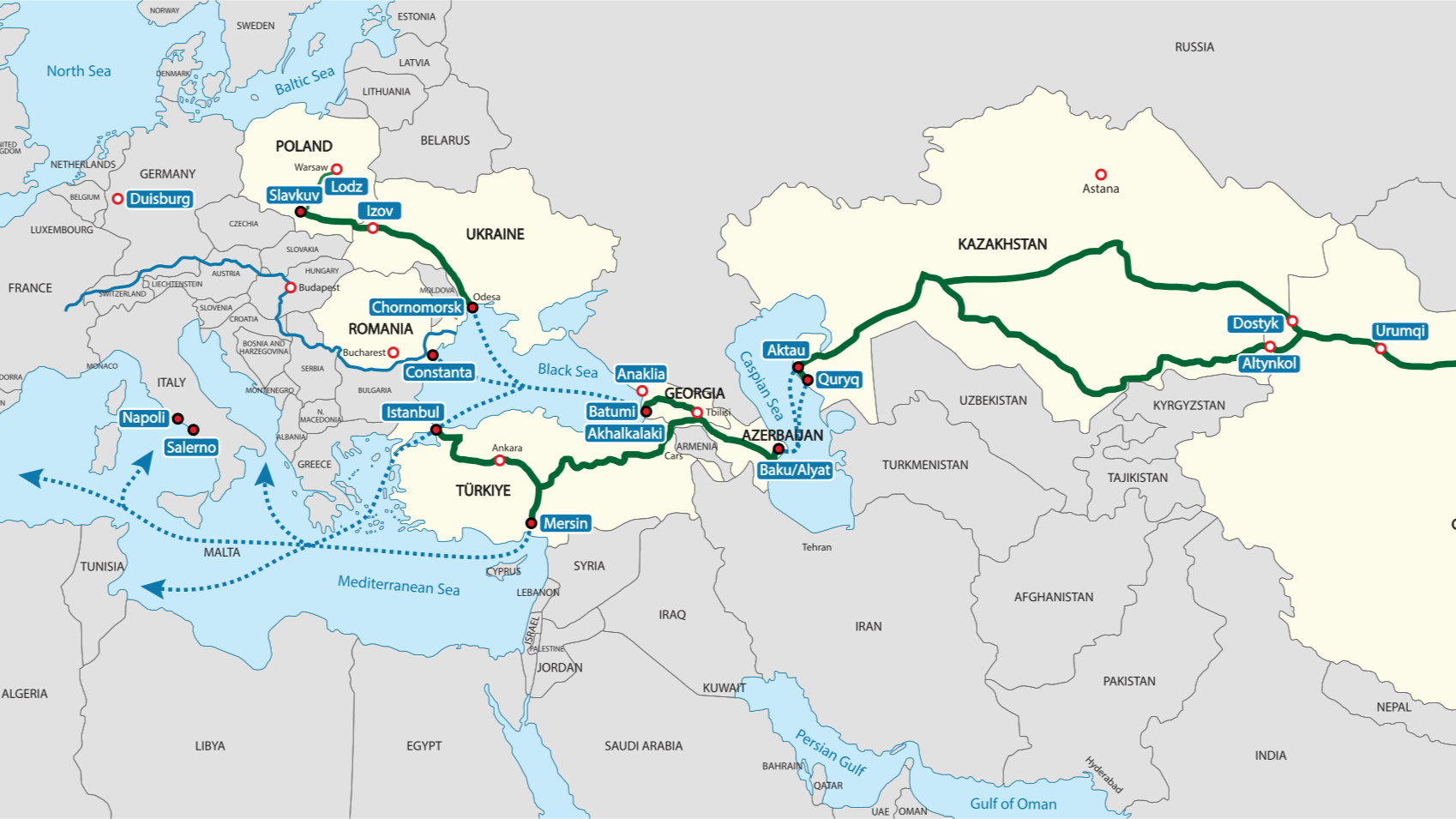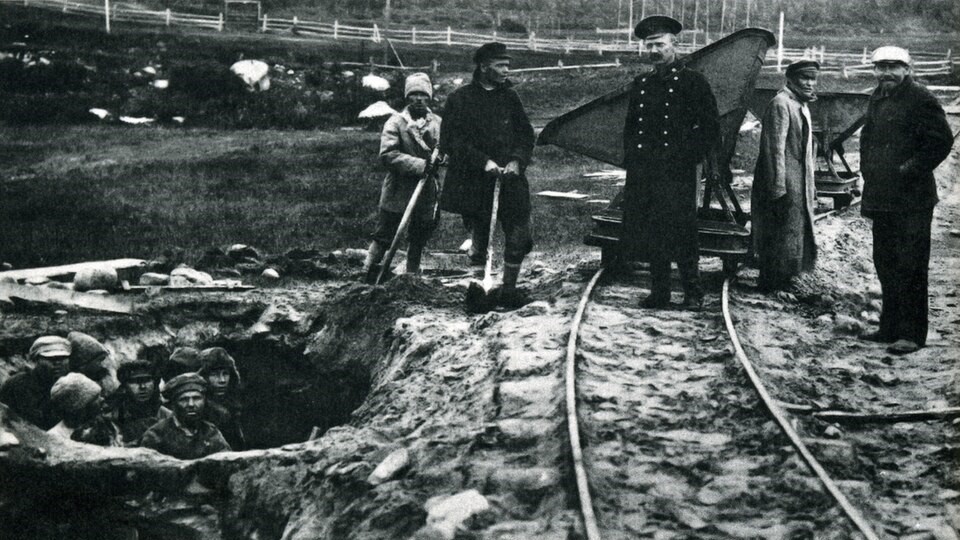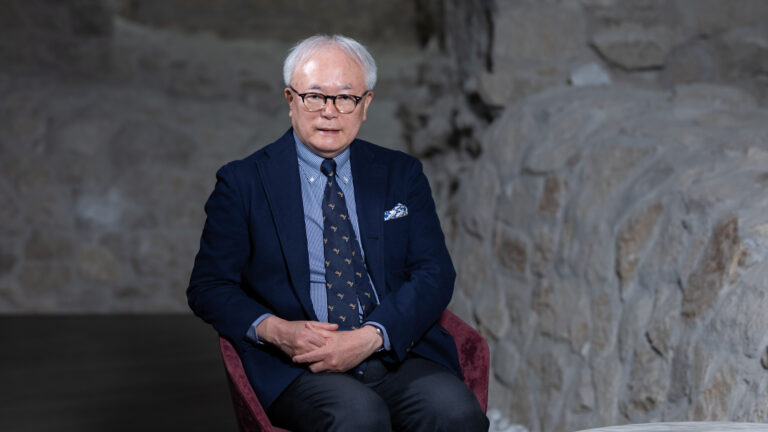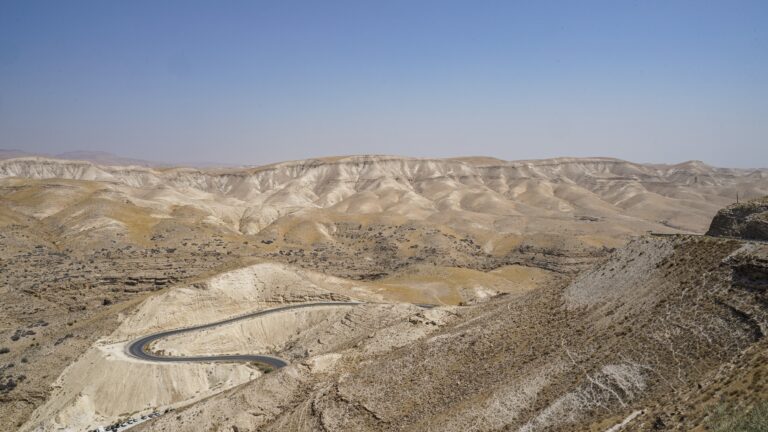Last week, Hungary hosted an informal summit of the Organization of Turkic States (OTS). The gathering, while underreported in most Western media, marked a quiet milestone in Budapest’s eastward diplomacy. It underscored Hungary’s unique position as both a European Union member and an observer state in the Turkic world—a bridge between East and West, whether it be politically, culturally, or economically. And in an era of geopolitical transformation such as the one we are living in, where regionalism is on the rise and global trade routes are being reimagined, Hungary’s proactive engagement with the Turkic world suggests something larger: a reorientation of foreign policy that places connectivity and diversification at the heart of national strategy.
It is in this spirit that Hungarian policymakers should take note of a new idea we have put forward from here in Hungary, through our work at the Danube Institute and the Mathias Corvinus Collegium: the creation of a Trans-Caspian Development Bank (TCDB). This proposed regional financial institution would support infrastructure, logistics, and energy development along the Middle Corridor—the east–west transport route that links China to Europe via Central Asia, the Caspian Sea, the South Caucasus, and Türkiye.
For Hungary, which has invested heavily in building strategic ties with countries like Azerbaijan and Kazakhstan, the TCDB represents more than just another multilateral venture. It is an opportunity to shape Eurasia’s future from the inside out—and to ensure that Hungary’s eastward opening delivers real economic and geopolitical dividends.
The Turkic Turn
Hungary’s engagement with the Turkic world is, at its core, strategic in nature. Facing a shifting global landscape, Hungary has pursued what Prime Minister Viktor Orbán has described as a grand strategy based on connectivity, emphasizing the importance of national sovereignty and pragmatic engagement with multiple global partners. This approach has led to a steady deepening of relations with Central Asian and South Caucasian partners; whether through bilateral energy and investment deals, or through more structured formats like the OTS.
The rationale is clear: the Turkic states are growing in influence, not only because of their natural resources and geographic location, but because they are building a common vision of regional integration. This is especially evident in the development of the Middle Corridor—formally known as the Trans-Caspian International Transport Route—which offers a politically neutral and increasingly viable trade route between Europe and Asia.
Hungary has long recognized this potential. In 2013 the current government introduced its Eastern Opening (Keleti Nyitás) policy, the aim of which was to reduce the dependency of Hungary’s economy on trade with the West, particularly fellow European Union members, through increased commerce with countries in the East. As highlighted by Prime Minister’s Political Director Balázs Orbán (no relation) in a 2023 essay in Baku Dialogues:
‘…our approach was driven by pragmatism. With 80 percent of our trade and foreign direct investment stemming from the West, the vulnerabilities exposed by the 2008 crisis necessitated diversification as a matter of urgency and comprehensiveness. The financial crisis highlighted Hungary’s imbalanced international economic dependencies, leaving the country susceptible to shocks…Furthermore, it has become evident that the global economic center of gravity is shifting towards the East, with Central and Eastern Asia expected to experience greater growth than the Western world in the coming years. Hungary recognizes the significance of participating in these processes to accelerate its own economic development.’
Recent statistics bear some of this out: trade among the OTS member states has risen from $30.9 billion in 2022 to $45 billion in 2024. Over the past four years, the combined GDP of the bloc’s participants has grown by 20 per cent, reaching $1.6 trillion, while foreign direct investment has increased by 22 per cent. This is some of the growth that Budapest seeks to tap. And by hosting the OTS summit, Hungary positioned itself not just as a partner but as a part of Eurasia’s future.
Yet that future, along with the next phase of Eurasian integration, will depend on the fate of the Middle Corridor. At present, it remains an ambitious but incomplete project. Trade volumes are rising, up more than 60 per cent in 2024 alone, and international attention has grown in the wake of Russia’s war in Ukraine. Yet critical gaps remain: rail bottlenecks in Kazakhstan, inefficient port operations on the Caspian Sea, fragmented customs regimes, and underfunded digital logistics systems.
‘What’s needed now is a dedicated financing institution capable of pooling resources, aligning priorities, and supporting long-term infrastructure development across borders’
The challenge is not vision; it is coordination. While individual countries are making significant investments, these efforts often lack regional alignment. What’s needed now is a dedicated financing institution capable of pooling resources, aligning priorities, and supporting long-term infrastructure development across borders.
The Case for a Trans-Caspian Development Bank
The TCDB would serve precisely this purpose. Unlike some existing multilateral development banks, which operate with broader mandates, the TCDB would concentrate exclusively on the infrastructure and integration needs of the Middle Corridor.
Its funding could come from founding member states—the C5 (Kazakhstan, Uzbekistan, Turkmenistan, Kyrgyzstan, and Tajikistan), along with Azerbaijan, Georgia, and Türkiye—as well as from international partners and institutional investors. Hungary, as a strategic partner and observer in the OTS, would be well-positioned to participate as an early external stakeholder, shaping the bank’s direction while accessing project pipelines and financing mechanisms. Crucially, the bank would provide more than just capital. It would institutionalize regional cooperation, ensuring that infrastructure investments are not only built but interconnected; not only funded, but maintained; not only national, but systemic.
For Hungarian policymakers, involvement in the TCDB aligns with multiple national priorities.
First, energy diversification. Hungary’s energy strategy increasingly relies on close coordination with Azerbaijan, particularly in the context of natural gas supply. The Southern Gas Corridor, while already operational, has room for expansion. Infrastructure financing through the TCDB could help improve pipeline interconnectivity, LNG terminal capacity, and energy storage—all critical for Hungary’s long-term energy security.
Second, logistics and trade. Hungarian firms, especially in rail manufacturing, construction, and engineering services, would benefit from opportunities in the Middle Corridor. A new regional bank could facilitate these ventures through co-financing, procurement partnerships, and shared risk mitigation frameworks.
Third, geopolitical positioning. Hungary’s foreign policy success is being defined in terms of engaging with multiple centers of power without becoming subordinate to any. By supporting the TCDB, Budapest would be investing in a Eurasian-led institution—one that is neither Chinese nor Western-dominated, but genuinely multilateral and regionally anchored. This fits well with Hungary’s desire to act as a keystone between East and West.
‘Budapest would be investing in a Eurasian-led institution—one that is neither Chinese nor Western-dominated, but genuinely multilateral and regionally anchored’
And fourth, strategic connectivity. Hungary has long positioned itself as a logistical gateway between Western Europe and the wider Eurasian space. The more effective and integrated the Middle Corridor becomes, the more Hungary stands to benefit as its western terminus. This is not just about freight volumes. Rather, it’s about shaping the long-term commercial and industrial geography of Europe.
From Concept to Institution
Establishing the TCDB will not happen overnight. Like any international financial institution, it will require feasibility studies, diplomatic negotiations, capital commitments, and legal frameworks. But although the idea is fresh, it is gaining momentum. And 2025 offers a natural window to act.
Several platforms already exist where the concept could be introduced and advanced. The upcoming Astana International Forum, for example, is an ideal venue to convene potential stakeholders. So too is the Tashkent International Investment Forum. Similarly, the Organization of Turkic States could provide a political umbrella for coordination. The EU Global Gateway and Japan’s infrastructure initiatives could serve as co-financing partners.
Hungary should begin by raising the TCDB concept in its bilateral discussions with Azerbaijan and Kazakhstan. It should also consider hosting a technical workshop in Budapest, in coordination with regional development experts and financial institutions, to explore the proposal in greater detail.
Most importantly, Hungarian policymakers should recognize that early engagement pays dividends. Just as Hungary’s swift diplomacy has secured it a seat at the table in Turkic cooperation structures, so too can timely involvement in the TCDB help shape its governance and strategy from the outset.
The idea of the Trans-Caspian Development Bank was introduced by policy researchers based in Hungary. Budapest holds a strategic opportunity to play a coordinating role in advancing this proposal, thus helping shape the financial infrastructure of a region that is increasingly vital to Europe’s energy security, trade diversification, and geopolitical stability. This is not merely a question of development finance; it is a question of influence. And few capitals are better positioned than Budapest to turn this concept into something real.
Related articles:







